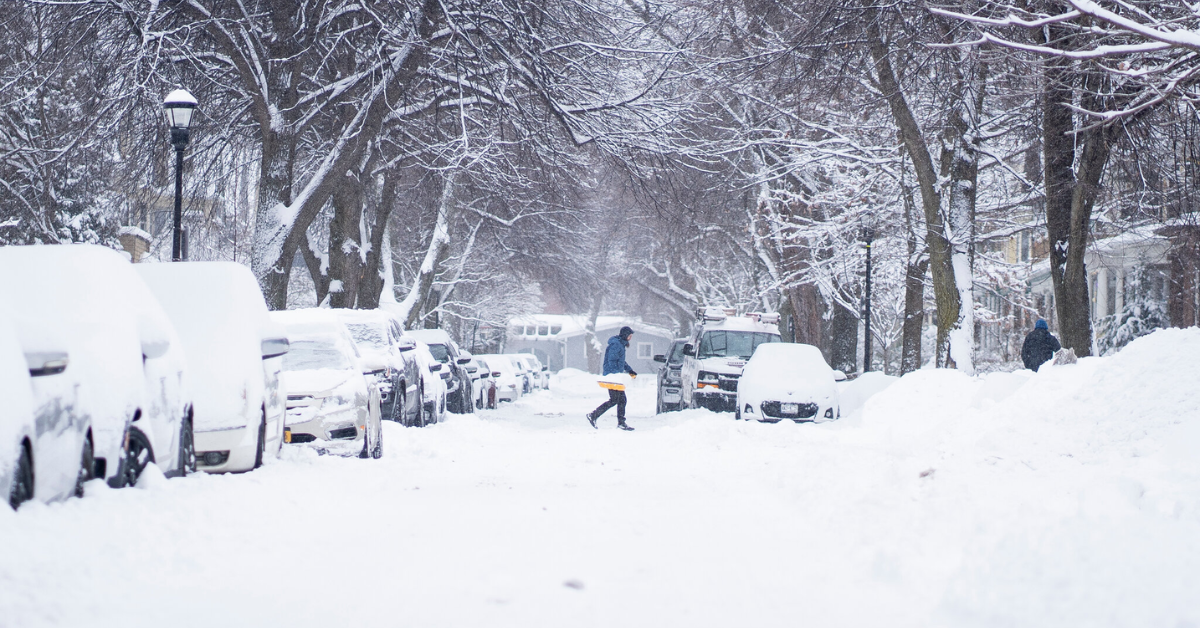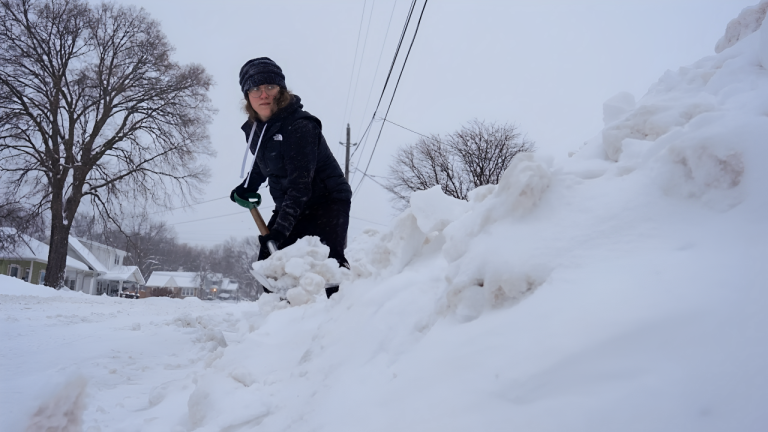NORTHEAST WISCONSIN (WLUK) — The region is bracing for a significant arctic blast expected to bring the coldest temperatures and wind chills in nearly two years. Meteorologists predict a sharp drop in temperatures starting Sunday, with conditions set to worsen through Tuesday.
Residents of Green Bay and surrounding areas are being advised to prepare for extreme cold as wind chills could plummet to a dangerous -35°F.
Timeline of Events

The cold front will move into the region late Sunday, bringing high temperatures in the single digits, with some areas barely reaching zero.
Overnight lows will dip well below zero, and strong winds will combine with the freezing air to create life-threatening wind chills.
Between Monday and Tuesday, conditions will intensify, with sustained wind speeds expected to reach 15-25 mph.
These winds, combined with already frigid temperatures, will result in wind chills that could drop to -35°F, potentially causing frostbite in as little as 10 minutes for exposed skin.
Historical Context
Green Bay is no stranger to cold weather, but blasts of this severity are rare. The last time the city experienced similar conditions was on February 7, 2021, when temperatures and wind chills fell to comparable levels.
A similar arctic outbreak occurred on December 23, 2022, with wind chills once again reaching -35°F.
While the region’s residents are accustomed to dealing with harsh winters, such extreme cold can create significant challenges, even for the most prepared.
Impact on Daily Life
The upcoming arctic blast is expected to disrupt daily activities across Northeast Wisconsin. Schools may delay or cancel classes, particularly in areas where students must wait outside for buses.
Outdoor work and recreational activities will also be heavily impacted, as prolonged exposure to these conditions can lead to frostbite or hypothermia.
Local officials have advised residents to limit their time outdoors and take precautions to stay safe.
Layering clothing, wearing insulated gloves and hats, and covering exposed skin are essential steps to avoid frostbite.
Additionally, residents should check on vulnerable neighbors, including the elderly and those with limited access to heating.
For drivers, the extreme cold presents another set of challenges. Car batteries are more likely to fail in subzero temperatures, and icy road conditions could make travel hazardous.
Those who must travel are urged to carry an emergency kit, including blankets, water, and a fully charged cell phone.
Economic Impact
The extreme cold could also have economic implications for the region. Utility usage is expected to spike as residents crank up their heating systems, leading to higher energy bills.
Local businesses that rely on outdoor operations may face interruptions, and supply chain disruptions could occur if travel becomes unsafe.
Precautions and Resources
Local authorities are urging residents to prepare for the cold by:
- Ensuring heating systems are in good working order.
- Stocking up on essential supplies such as food, water, and medications.
- Keeping emergency kits in vehicles.
- Protecting pets by keeping them indoors.
Local warming shelters will also be available for those in need, and utility companies are reminding customers to report outages promptly to ensure quick repairs.
Looking Ahead
The arctic blast is expected to linger through midweek before temperatures gradually rebound.
However, meteorologists warn that additional cold fronts could follow later in the month, making this a potentially prolonged period of severe winter weather.
Residents are encouraged to stay informed by following updates from FOX 11 and the National Weather Service.
With proper preparation and vigilance, the community can navigate this arctic outbreak safely and effectively.







Leave a Comment